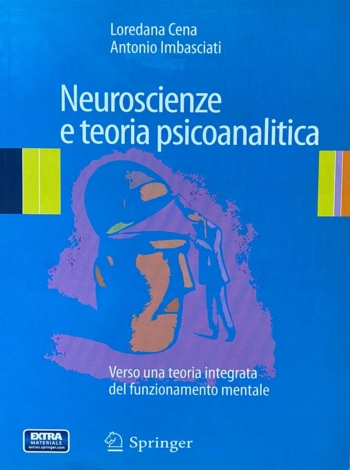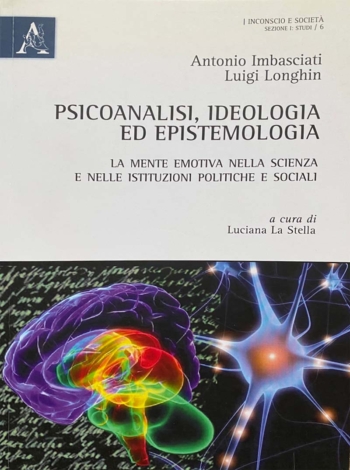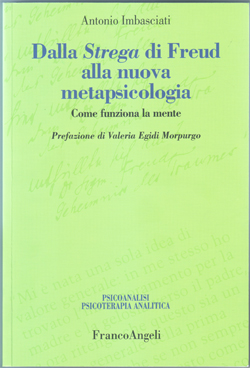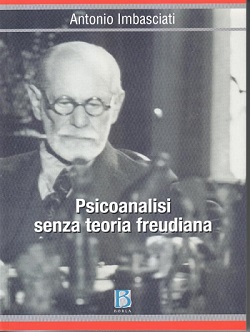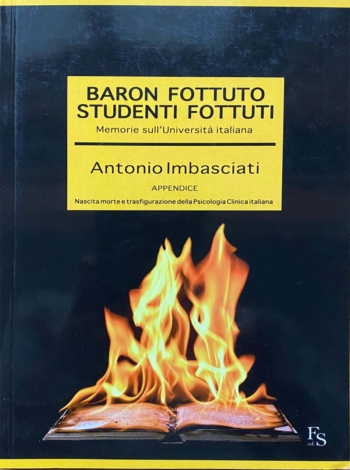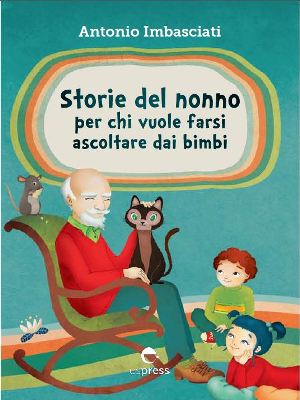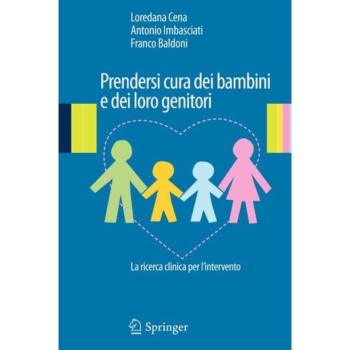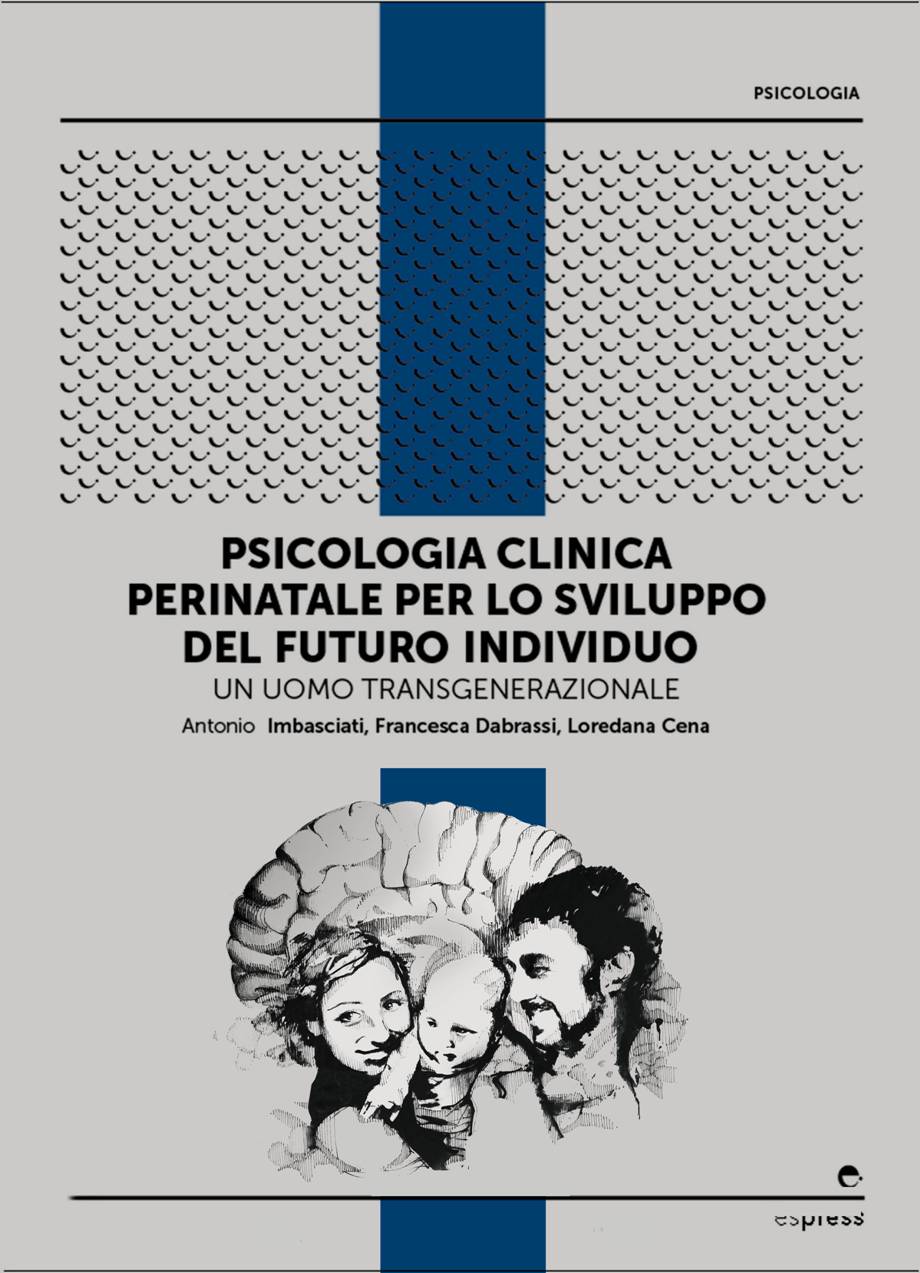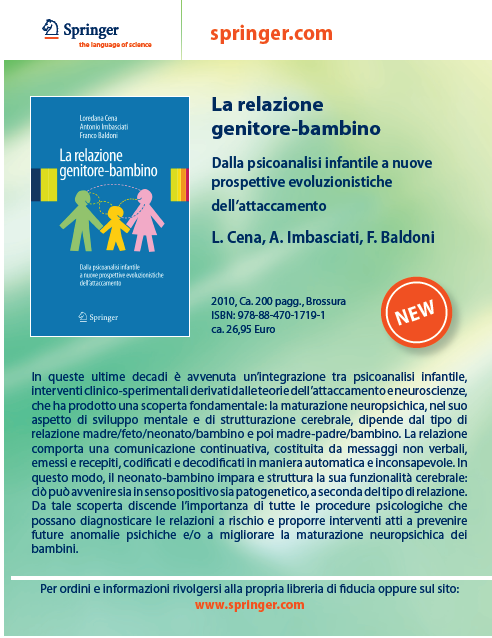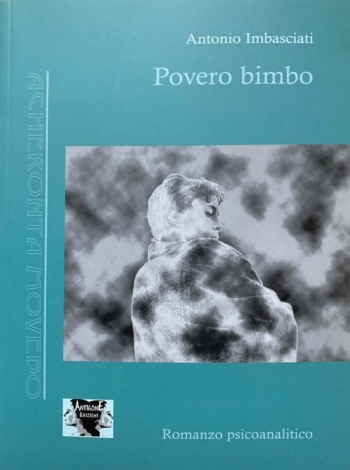Printed books
[Of all areas of competence]Today psychoanalytic clinical practice is not that Freud’s. Infant and infant-with-mother/parents psychoanalysis opened up large perspectives that have deeply affected the whole psychoanaltic theory and practice. Psychoanalytic clinical practice changed and progressed greatly. But in its theoretical frame today psychoanalysis has a number of concepts and theories, so that a confusion and different laguages have developed. This is due to an obstinate almost religious preservation of old concepts along new ones. In particular energy-drive concepts of Freud’s Metapsychology contradict the progress of current psychoanalysis, and yet they are used. (…)
This book is a group study work about the possibility that psychoanalysis and epistemology can reveal ideologies in social and political institutions. An ideology can infiltrate into science too and scientific literature. Many contributions try to analyze violence and how it may be concealed in social media and istitutions, and may explode in the long term. An essay questions if any ideology may be contained in psychoanalysis too. Some chapters outline the psychoanaliytc Institution resistence to openly express that the origin and the functioning of the mind cannot be explained today by Freud’s energy-drive theory: his Metapsychology has not even consilience today with neuroscience and psychoanalytic clinical practice even. From contemporary psychoanalytic clinical practices and from neuroscience a new metapsychology can be formulated, as described in this book. (…)
In Freud’s time “psychology” was a proper psychology of consciousness: it meant what one could consciously know about himself. Freud discovered unconscious events: he must explain to his contemporary scientists how these phenomena could exsist an how an unconscious mind might function. He wrote his metapsychology (1915): “meta” (=beyond) would say that mind could be considered also beyond consciouseness psychology. He supposed that the unconscious was moved by an instinctual force (libido) for which he used the german word “trieb” (=push). This word was hardly transalated as “drive” and in neolatin as“pulsion” . (…)
Psychoanalysis changed since Freud’s time. Nowadays psychoanalysts work in a very different way from hundred years ago. A big development happened in clinical practice, but theory was disregarded. As a consequence, people who don’t work in the psychoanalytic field cannot know the theories which are implicit in clinical practice and hold on to the only knowledge that Freud outlined. In his Metapsychology the Master pointed out his energy-drive explication of the functioning of the mind: it was syntonic with the sciences of his time, it was easy to understand and became popular, as the specific schematic pcture of psychoanalysis. The Psychoanalytical Organizations (IPA) carefully attended to the clinical training of their members, but they did not promote the explicitation of new theories. Mostly, they did not promote a formulation of a theory that could be understood by everyone and characterized psychoanalysis, like Freud had been able to do for his time. As a consequence, we still find a popular picture of psychoanalysis which is obsolete and open to criticism, as it is not yet syntonic with what people may know about science. Today this bad image damages the whole field of psychoanalysis, despite its progress. (…)
A fifty years experience in the university (student, researcher, professor, researcher trainer) witnesses a collected remembrance: the passion for scientific research and the bitterness in assisting to its slow agony, amidst the ruins of Italian University. In a short memorial, irony smooth’s sarcasm. The university full professor, named “baron”, was knocked down: this became a colossal deceit for all students. The deceit was slowly injected, like a poison, both in the students and into all the trainers of future professional men and managers, who will populate and may be govern Italy. From the accusation that the university professor was a fucked baron, the spirit became an effective fucking off for all students. (…)
We know how psychopathology may easily occur in adolescence. Not enough we know how a silent psychic disorder in infancy, that nobody noted, may be the origin of what come out in adolescence. The title of this book outlines how every psychopathology has its “adolescence”, that is the period in which it became manifest. The Author tells us about a patient in his second analysis. An early previous analysis allowed this patient being successful and having a good family, but a troubled period of his life made him to ask another analytical experience. The Author tells us about an adolescence in which he shows its remote origins in early infancy, in a narrative that may be easily read. (…)
The Author invented and experienced five stories wich may give an educational and emotional support for parents and children relationship. Five animals are the protagonists of tales to talk about jealousy, sibling rivalry, envy, greed, sex, babybirth, love and so on. These stories have not to be read: They must be told by sensible caring adult person, if we wish they have its proper effects. (…)
The individual’s structure of mind is built on the basis of relationship’s quality each person could have had in his first infancy. Psychopathology and every psychological suffering have their roots in the relationship the baby/child could have had with adults who took care of him. In order to prevent an unhappy destiny for children who grow up in families at risk, a preventive assistance to parents is needed. Taking care of parents cures children by improving parental dimensions. This book describes methods and technics to check families at risk, in order to improve their possibility to produce future good individuals, or to avoid pathological ones. Psychoanalysis, Attachment Theory and Infant Psychiatry are integrated for a preventive general assistance to families. (…)
Newborn neurological development doesn’t happen owing to a genetic nature, but on the basis of the specific parental-caregivers caring each baby can have. First brain (right hemisphere) is constructed on this basis and it conditioned every child learning: each first learning will conditionate the subsequent ones. In such a way individual’s mind is constructed, and each person has its specific character, personality, behaviour. Nobody has a mind equal to another one, as nobody has a brain which can be equal to another one. (…)
People believe sexuality is a biological event, which concerns genitalia and is regulated by the istinct: genitalia produce pleasure and pleasure cause emotions. This is a wrong idea, produced by our conscious-ness. Instinct does not exist in humans. Sex is learned from the first relationalship. Sexuality is due to a complex neural structuring in our Emotional Brain, which is progressively constructed along the individual life, from the infant attachment, through several interpersonal experiences, till adulthood. Emotional Brain works in a quite unconscious way: the subjectivity of an individual depends from it, but a person may feel only few misleadind feeling from his/her emotional brain working. Some of these feeling may be felt as sexual when he/her come to have any behaviors that may be called sexual. Pleasure is not produced by genitalia through specific neural pathways, but by a “lecture”, by our unconscious emotional brain. It occurs when some environmental, interpersonal and intrapsychic situations are organized in that neuropsychic structure built in our emotional brain, that constitute our individual sexual dimension. When his unconscious work occurs, our emotional brain gives orders to our body and genitalia. (…)
In this last years infant-psychoanalysis has much developed and an integration with Attachment Theory’s researches and techniques happened: so many and different Psychotherapy Schools developed. These psychotherapies are focused on the mother (or caregiver) rather than on the child, chiefly if he is not a baby. Principal vehicle of the communication which incomes between the therapists and his “patients” is not verbal, like adult psychoanalysis. Such a development allowed to discover that therapeutic effect – that is what make mental structures change – also in adult depends on affective messages, vehicled by that non verbal communication which constitutes that specific interpersonal relation. (…)
Many years after the end of his long and enduring psychoanalysis a patient gave his analyst a dossier in which he had reconstructed his infancy story, as he could understand it by his analysis in his inner psychopathology sources. So the analyst wrote his Family story like a romance. The author aims to demonstrate how many events, which seems to be meaningless and negligibly in the life of a child, may add up together in arousing a psychopathology. (…)

